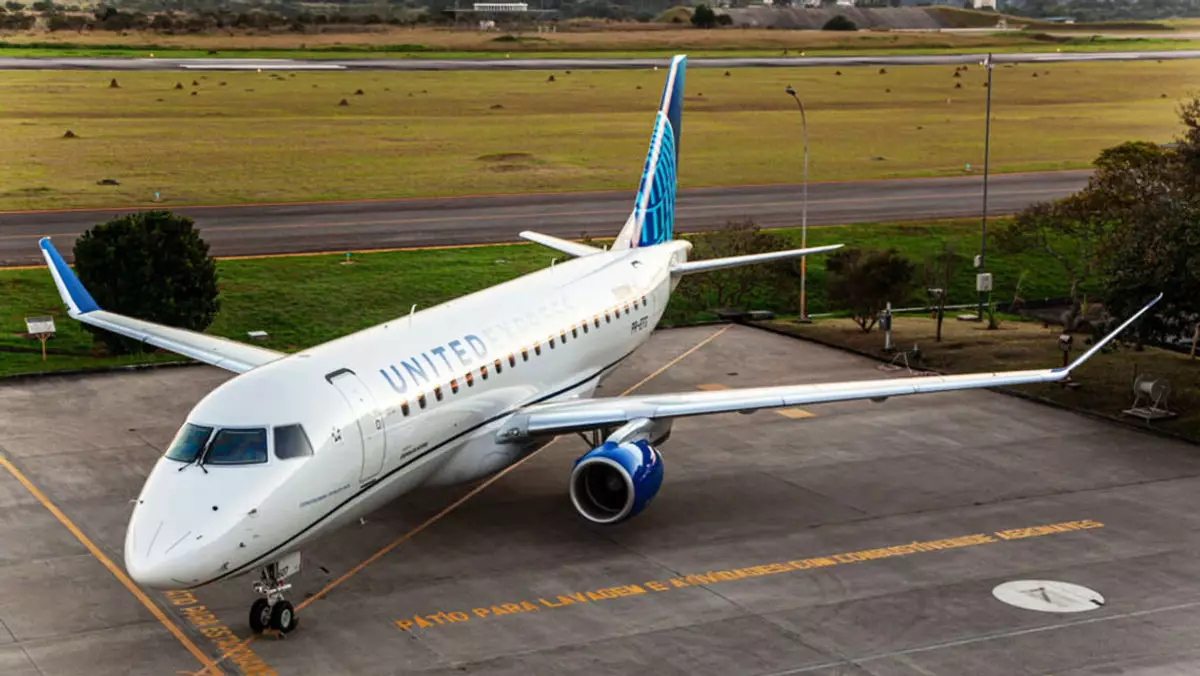In a bold move signaling a transformative shift within the regional airline industry, Republic Airways has announced its intention to acquire rival carrier Mesa, creating a formidable entity expected to generate annual revenues of approximately $1.9 billion. This merger is not just about financial growth; it’s about leveraging strength to redefine how regional connections are made across America. While the specifics of the transaction remain vague, the structure—a full-stock acquisition—positions Republic shareholders to retain a significant 88% stake in the new combined entity, tentatively named Republic Airways Holdings. Mesa shareholders will see their stakes diluted to between 6% and 12%, but the crucial elimination of all Mesa’s existing debt illustrates a refreshing approach to synergizing resources.
Strategic Synergies and Fleet Efficiency
Republic’s acquisition of Mesa promises not only to enhance operational efficiency through shared resources but also to solidify its standing as the nation’s second-largest regional airline, trailing only SkyWest. By amalgamating their fleets, which predominantly feature the Embraer E170 series aircraft, the newly formed company will boast an impressive array of approximately 310 E170 and E175 planes. The expectation of managing around 1,250 daily departures with this consolidated fleet accentuates the operational advantages—creating a streamlined approach to service delivery that is both cost-effective and customer-centric.
Economic Implications and Market Positioning
From an economic standpoint, this merger embodies a significant consolidation strategy that could bolster market positioning amid a highly competitive landscape. Both airlines currently operate as essential partners for major carriers such as United Express, American Eagle, and Delta Connection. The merger is not merely a tactical acquisition; it represents a strategic realignment aimed at enhancing operational scalability and resource optimization. The potential financial heft of the combined airline could drive investments in fleet innovation and technology upgrades, preparing both airlines to weather the unpredictable currents that often buffet the aviation industry.
Leadership Vision and Long-Term Goals
Republic CEO Bryan Bedford’s optimistic assertion that the merger reflects a “common mission to connect communities” encapsulates the essence of this endeavor. With Bedford poised to lead efforts that echo President Trump’s emphasis on infrastructure and connectivity, the alliance could facilitate enhanced routes and greater access to underserved markets. This alignment of vision is pivotal during an era defined by rapid change and technological advancements, positioning the merged entity to not just survive but thrive in the long term.
Regulatory Hurdles Ahead
Yet, the path forward is not without obstacles. The proposed merger must navigate the scrutiny of the antitrust division of the Justice Department and secure approval from the Department of Transportation. These regulatory checkpoints are critical to ensuring that the merger does not stifle competition or lead to price hikes for consumers. The historical context of consolidation within the airline industry suggests that while synergies may yield operational benefits, regulators will closely examine the implications for market competition and consumer choice.
As Republic Airways and Mesa prepare to shuffle the cards of regional airline dynamics, the impact of this merger has the potential not only to fortify their market presence but also to redefine the landscape of air travel across America.


Leave a Reply